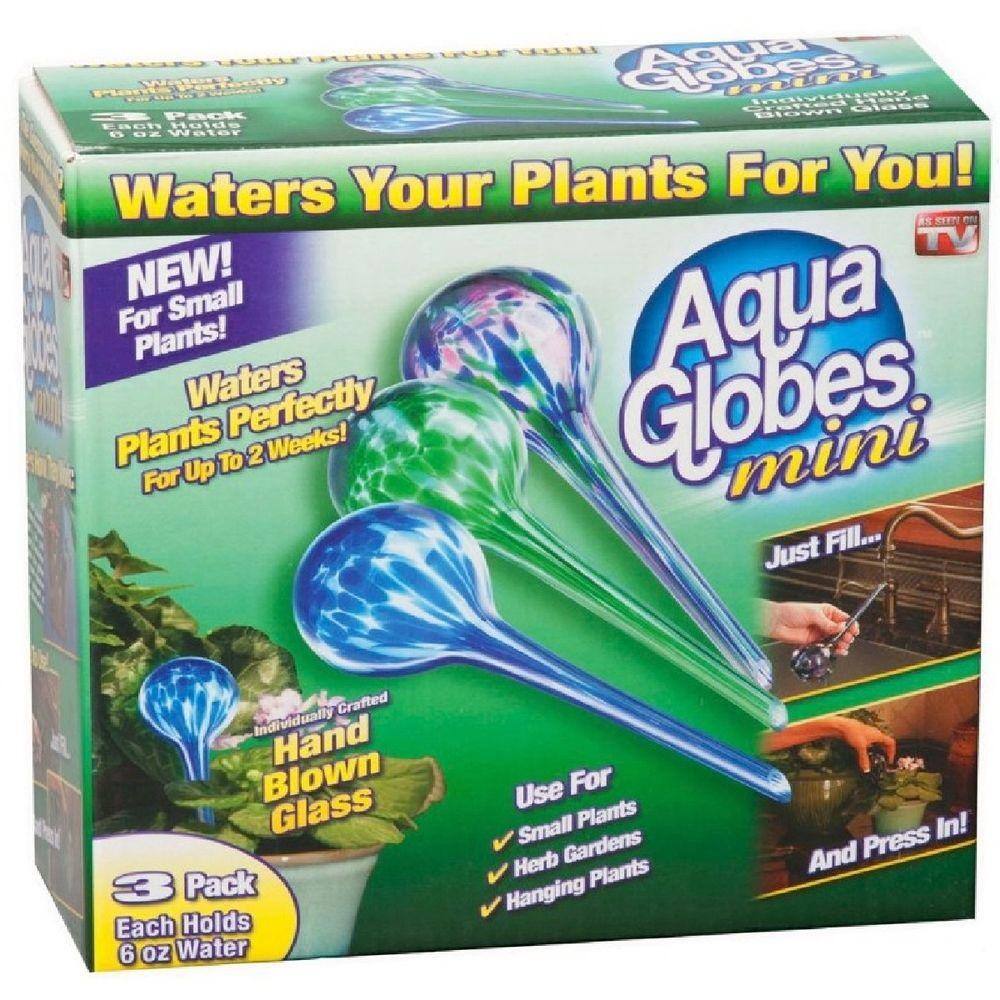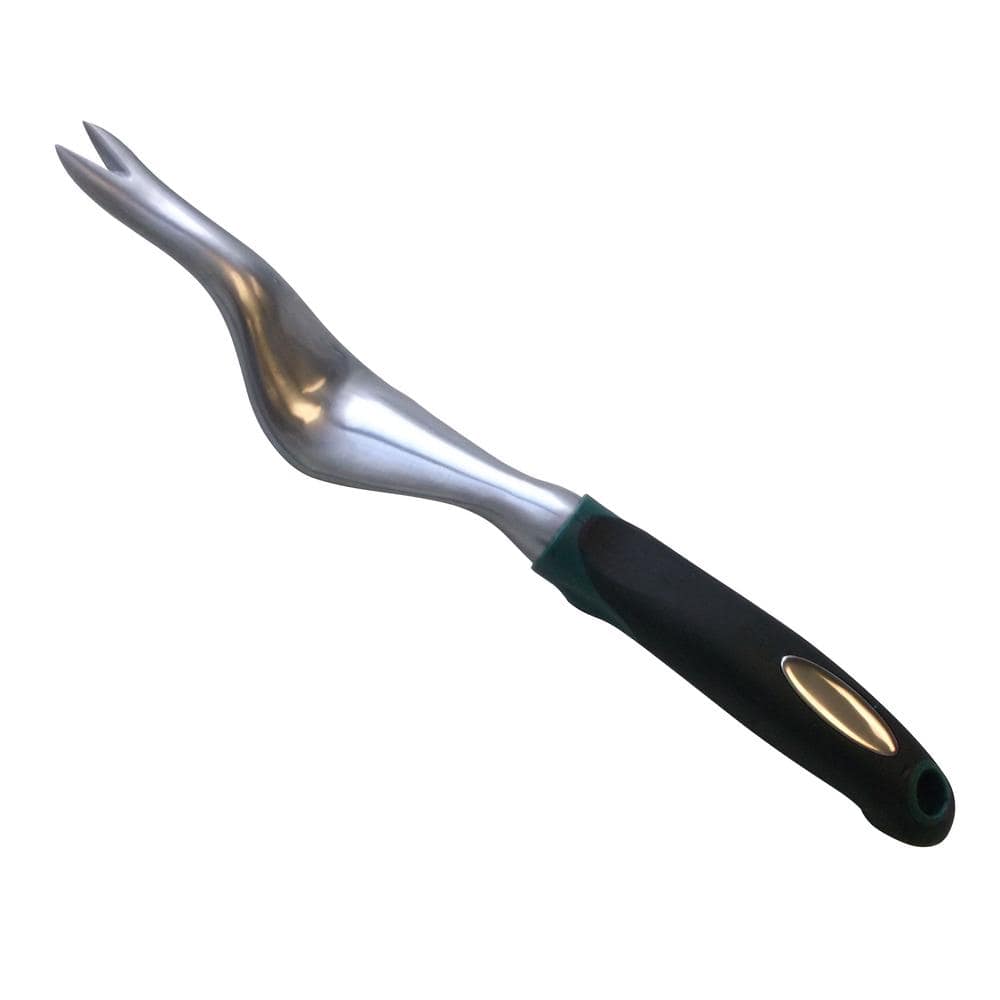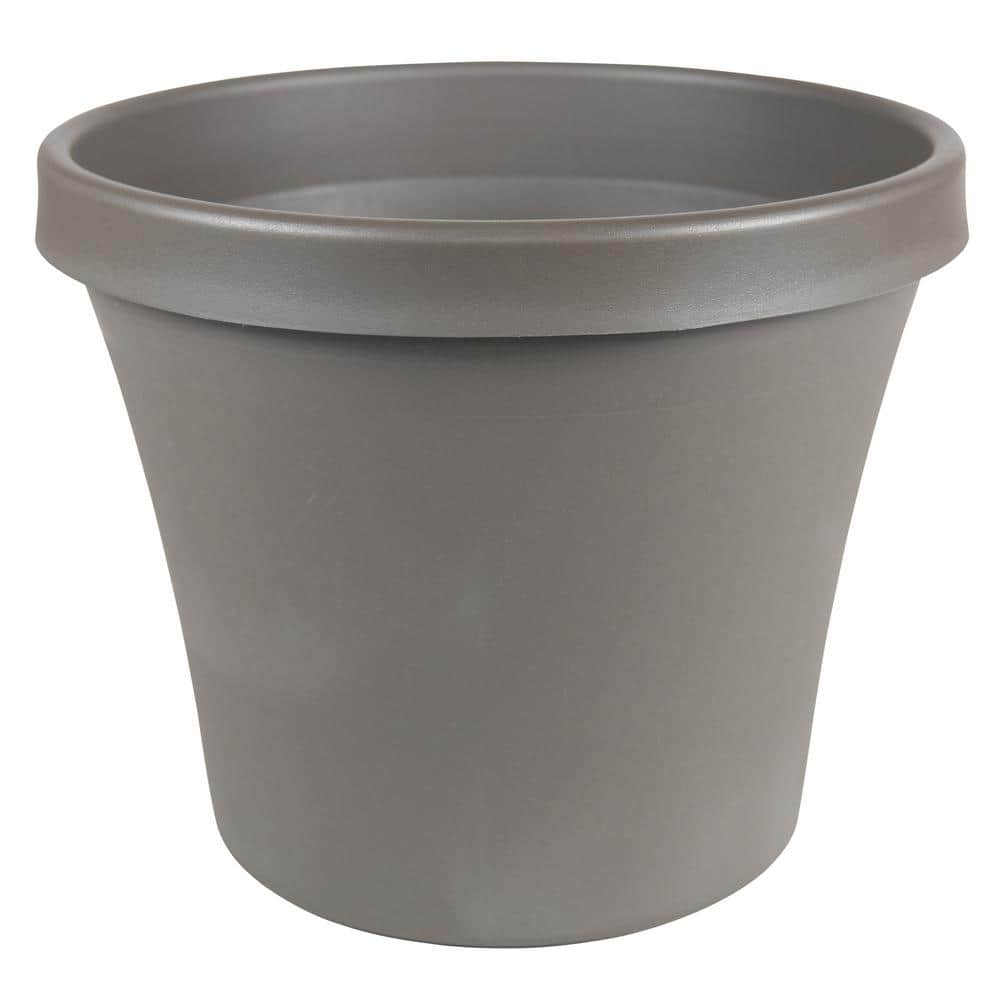12 Festive Holiday Houseplants

Published April 21, 2025
With their brightly colored bracts (modified leaves), poinsettias are the very picture of a festive Christmas plant. But there’s more to the holidays than poinsettias. Amaryllis, Norfolk Island pines and Christmas cactus offer vibrantly colored blooms and foliage just as perfectly suited to Christmas decor.
As an added bonus, Christmas plants are easy to grow and, with proper care, will bloom again next year. Because poinsettias are grown as hothouse flowers, they can be treated as houseplants until the weather warms enough to plant them outside.
Read on for more about our favorite holiday houseplants.
Table of Contents
Amaryllis
Bromeliad
Caladium
Christmas Cactus
Eugenia Topiary
Norfolk Island Pine
Amaryllis

Amaryllis blooms are breathtaking, with multiple trumpet-shaped flowers on a single stem. The colors are camera-ready in bright red, pink, salmon and white. Look for 'Apple Blossom' bulbs with a blush of pink on its blooms. Another popular variety called 'Minerva' features red petals with a white star center.
Amaryllis bulbs are sold in kits with everything you need in one suitable-for-gifting box. Start by rehydrating the cocopeat planting disk, place 2/3 of the mixture in the container, add the bulb, and finish with the remaining growing media.
Additionally, the planted amaryllis bulb can be placed in a decorative container or basket. Set it near a sunny window in a room with a minimum temperature of 65 to 75 degrees Fahrenheit. Keep in mind that when blooming, amaryllis plants can be top heavy. To stabilize the plant, put some small rocks in the container bottom.
To help amaryllis bloom again:
- Cut off the bloom stalks close to the bulb after the last amaryllis bloom fades. Allow the leaves to continue to grow. The leaves may appear floppy, even if the plants are kept in a very sunny window, but this is natural.
- Keep soil lightly moist through winter.
- Repot in spring, at about the time of your last frost, to a roomy pot. Keep the top third of the bulb above the soil line.
- Move the plant outdoors to dappled shade until early August.
- Place the plant in a cool basement or dark closet. Water sparingly to keep the soil from going bone dry.
- Set the amaryllis in a well-lit area in November, or about six weeks before you want it to bloom. Water regularly.
Bromeliad

Bromeliads are a natural choice for Christmas decor. These tropical houseplants feature rosettes of sturdy leaves with brightly colored foliage and flowers, often in shades of red, yellow and green.
Although they like humidity, bromeliads have a reputation for handling occasional neglect with ease, making them ideal houseplants for travelers and gardening newbies. If your plant looks dry, give it a spritz from a plant mister. Place bromeliads in a room where temps stay above 55 degrees Fahrenheit. The plants like sunlight, but be cautious of too-bright light that may damage their glossy leaves. In that case, filter light with a sheer curtain or move the container away from the window.
Caladium

Caladiums are tropical beauties that come in many varieties. For the holiday season, options with green and red leaves are especially festive.
Place your new caladium in an east- or north-facing window for best results. Water it when it arrives and then give it more to drink whenever the top-fourth of the soil is dry. Nourish your plant with fertilizer once a month during the spring and summer to support growth, and you can use it as a holiday decoration for years to come.
Safety: Caladium is toxic to pets, so keep it out of reach of your fur babies.
Christmas Cactus

Christmas cactus and other succulents need only bright but indirect light and occasional watering. Let the soil dry out between waterings and make sure the plant doesn’t sit in water to prevent root rot.
Christmas cactus is easily propagated. In spring, cut off pieces two to three segments long and plant in potting soil. Keep watered until roots are established. By the fall, you will have one or more small cacti ready to bloom.
How to help Christmas cactus bloom again:
- Move plants that bloomed in November and December to a cool room and water sparingly for a month. This rest period primes them for a new set of blossoms in late spring. But don’t move plants that are actively blooming; wait until all the blooms have faded.
- Revive rested plants in February by repotting and placing in a bright window. Water well and feed a half-strength dose of a balanced liquid houseplant fertilizer.
Eugenia Topiary

Evergreen eugenia topiaries look great during the holidays and throughout the year. The plant is also known as dwarf brush cherry. In your home, Eugneia needs moist, well-draining soil and bright light. Best locations are a south-facing window or patio door. Outside, eugenia thrives in USDA hardiness zones 9 to 11.
Water eugenia when the soil is dry to the touch, being careful not to let the plant dry out too much.
Eugenia is slow-growing and will need occasional light trimming to keep its topiary shape.
Norfolk Island Pine

This miniature Christmas tree is festive on its own or when adorned with ornaments. It's the perfect tree for small spaces like apartments and children's rooms. Decorate your own Norfolk Island pine with mini-LED lights and homemade ornaments.
Although they looks like hardy everygreens, Norfolk Island pines are tropical plants that thrive in hardiness zones 9 to 11. Indoors, Norfolk Island pine houseplants prefer medium to bright light. Water only when the potting soil feels dry. If your Norfolk Island pine begins dropping its lower branches, try giving it water and placing it in brighter light. Over time, Norfolk Island pines can grow to be 6 feet tall indoors, if you let them.
Orchids

Elegant and sophisticated, orchids look beautiful as holiday houseplants but do so much more for your indoor space. The blooms can last for months and orchids come in a wide range of colors. They make fantastic houseplants, even for beginners.
Orchids grow best when placed in a bright area that doesn’t get direct sun. Because they’re sensitive to drafts, avoid putting them near outside doors and vents. Support growth by feeding your plant once per month with an orchid fertilizer.
Once all the flowers wither, cut the stems back halfway. If the stems are brown or dead, trim all the way to the base of the plant to encourage growth to restart.
Poinsettia

Bright red, pink and white poinsettias add just the right punch of color to your Christmas decor. Poinsettias are native to Mexico and typically bloom during winter in their tropical climate. Depending on the climate where you live, you can display poinsettias indoors and out, or both.
Inside your home, surround the base of your Christmas tree with a ring of poinsettias. As presents are placed under the tree, move the plants near sunny windows in your home. You can pile poinsettias in entryways, line them on staircases and plop them in large baskets.
Poinsettias like temperatures between 60 and 70 degrees Fahrenheit. When you're entertaining or taking a family photo on a warm day, fill up the porch with these flowers, remembering to bring them inside when temperatures drop below 60 degrees Fahrenheit.
After the holidays, treat poinsettias like houseplants in most areas of the country. They will survive winter in zones 9 to 11. In colder areas, you can keep them indoors until it's warm enough to plant them outside in spring.
Red Aglaonema

Red aglaonema is a great holiday houseplant choice for beginners because it’s an easy care plant. Choose a spot in your home that gets bright indirect light and water whenever the top inch of soil is dry.
Fertilize once per month in the spring and summer to keep aglaonema healthy. When the plant looks bushy, use pruning shears to cut it back to its new buds. If you see your red aglaonema start to droop, relocate it to a bigger pot.
Red-Edge Dracaena

With its hint of festive color, red-edge dracaena looks merry during the winter holidays and adds drama to rooms during the rest of the year. To meet its needs, put your houseplant in an area that gets bright, indirect light and water when the top inch of soil is dry.
After one month, start fertilizing your red-edge dracaena every month. Cut it back with pruning shears when it grows too tall for your room.
Tip: When cutting back multiple plants, wipe off shears with disinfectant before moving onto each one.
Rosemary

Rosemary is renowned for its fragrance, and during the holidays you can find plants perfect for your kitchen counter. Look for rosemary plants trimmed into tree shapes in some garden centers beginning in fall. Rosemary is a Mediterranean plant that needs well-draining potting mix and likees full sun and dry conditions.
Water rosemary only when the top of the soil is dry. Place the pot near doorways so you can enjoy the scent as you walk by. Use floral snips to trim off ends as you cook.
Succulents

If you’re busy, travel frequently or are guilty of a little neglect, cacti and other succulents are the holiday houseplants for you. There’s only one rule: Don’t overwater or the roots will rot. To keep your plants healthy, put them in bright indirect lot and make sure the containers drawin well.
7 Tips for Decorating with Holiday Houseplants

Follow these tips when decorating your living space with holiday houseplants:
- Contrasting. Group holiday houseplants in odd numbers for high impact. For a classic look, stick with one color, or mix contrasting colors for a more modern look.
- Lining. Going up the stairs, around fireplace hearths, on top of mantels and tables, add holiday houseplants for a decorative look that is consistent through the entire home.
- Cuttings. Treat poinsettias and Christmas cactus blooms as cut flowers. Snip the blooms and place them into individual vases or use them to adorn a wreath. Use assorted plants to make succulent or air plant Christmas wreaths.
- Welcoming. Create a dramatic welcome with plants in an entrance hallway.
- Layering. Use miniature plants on upper shelves and other high places.
- Containing. Group them in decorative containers. A shiny ceramic or metal pot gives an elegant look. Baskets or wooden boxes lend a rustic feel.
- Centering. Feature smaller plants on a dining or buffet table, where their smaller size won’t block guests’ views of one another.
Give the gift of holiday houseplants this year. Whether you need the right planters, seeds or potting soil, The Home Depot delivers online orders when and where you need them.































